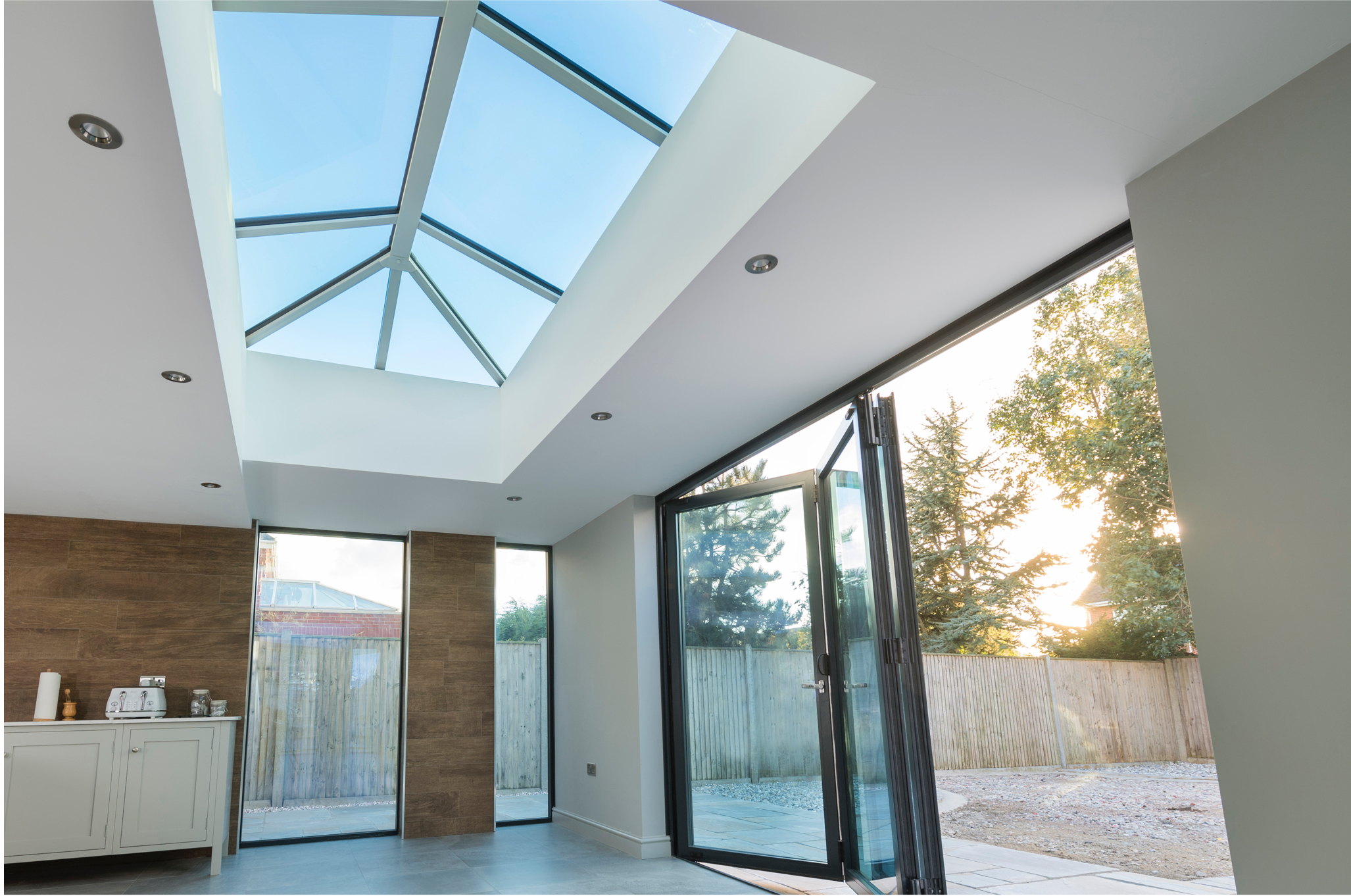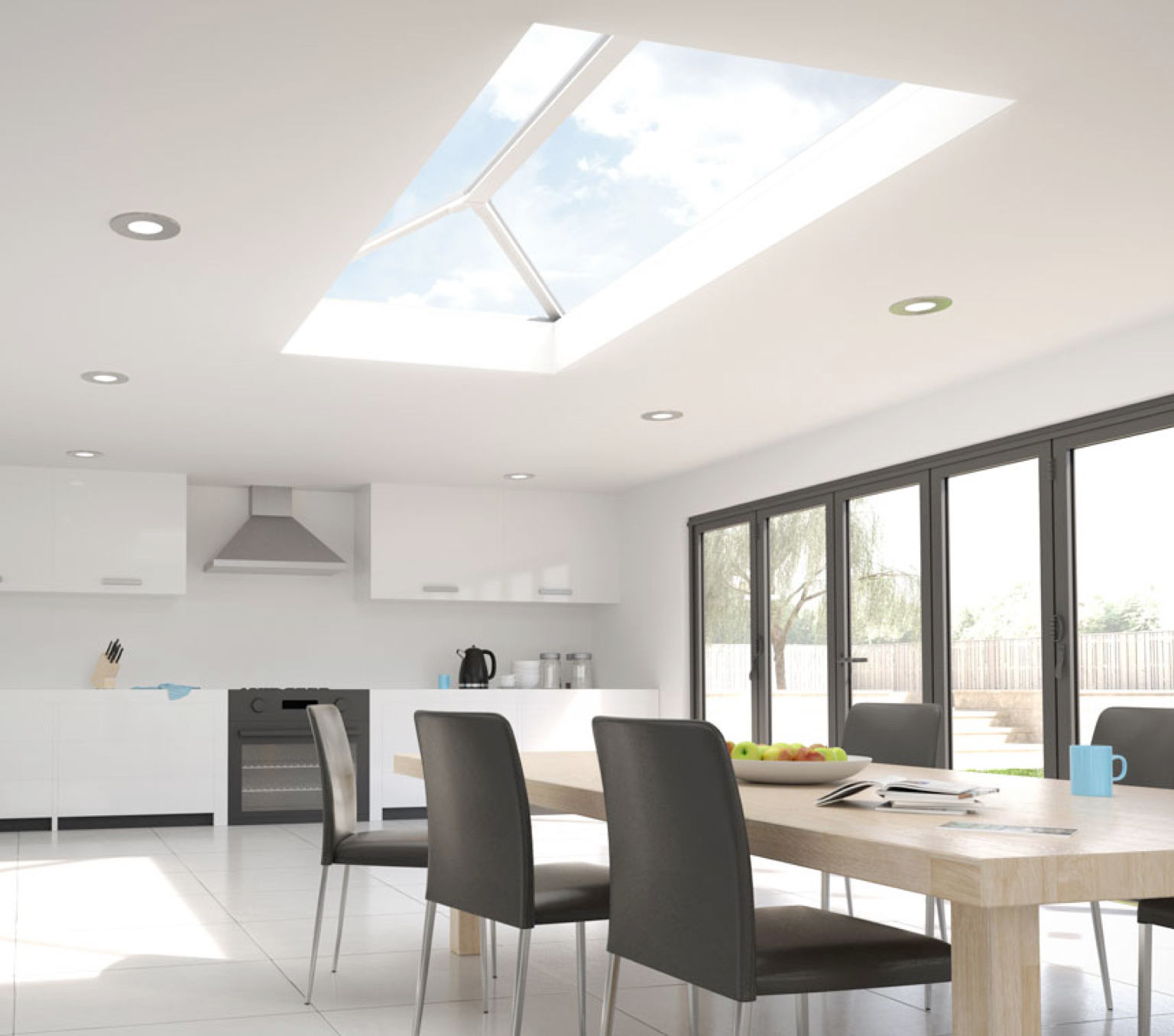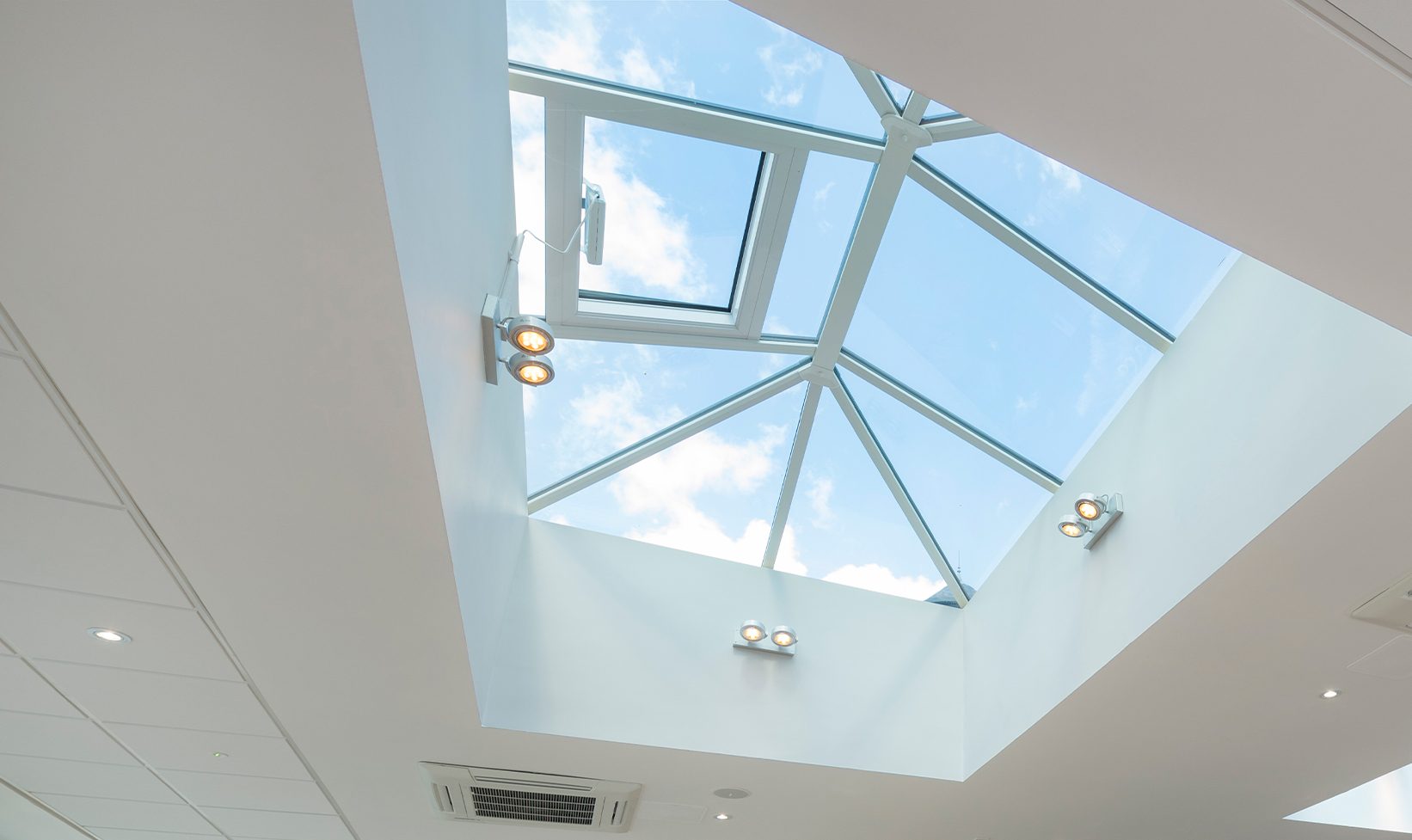Incorporating Bi-Fold Doors and Roof Lanterns in Home Extensions

Incorporating modern elements like bi-fold doors and roof lanterns can significantly enhance your space’s aesthetics and functionality when planning a home extension. Natural light is crucial in creating inviting and vibrant interiors, making features such as bi-fold doors and roof lanterns highly desirable.
A bi-fold door extension maximises light and creates a seamless transition between your indoor and outdoor areas, bringing a contemporary feel to your home. Similarly, an extension with bi-folding doors can transform how you use and experience your living space, providing large, uninterrupted openings that invite the outdoors in.
An extension with roof lanterns is another excellent way to flood your home with natural light, creating spacious, modern, and luxurious environments. By incorporating these elements, homeowners can enjoy many benefits, from improved energy efficiency a responsible and environmentally conscious choice, to enhanced security and style. Our blog will explore how to effectively incorporate bi-fold doors and roof lanterns into your home extension to create a light-filled, stylish, and functional space.
The Modern Home Extension
Home extensions have become increasingly popular as homeowners seek to maximise their living space without moving. Modern extensions focus on open-plan designs that seamlessly integrate with the existing structure, creating a cohesive and expansive environment.
Today’s home extensions often emphasise spacious, multifunctional areas that cater to various needs, from family gatherings to quiet relaxation zones. One of the most significant aspects of modern home extensions is using natural light. Incorporating large glazed areas and roof features allows natural light to penetrate the home, creating a bright and welcoming atmosphere.
Benefits of Bi-Fold Doors
Bi-fold doors offer a range of advantages that make them an excellent choice for any home extension project:
- Maximising Space and Light: Bi-fold doors are designed to open up entire walls, creating a seamless transition between indoor and outdoor spaces. This maximises the available space and allows natural light to flood the interior, enhancing the overall ambience.
- Seamless Transition: With bi-fold doors, you can effortlessly connect your indoor and outdoor areas, perfect for entertaining or enjoying your garden views.
- Enhanced Natural Light: The large glass panels ensure maximum light penetration, making your home feel brighter and more spacious.
- Aesthetic Appeal: Bi-fold doors are known for their contemporary design and slim profiles, adding elegance to any home. They provide unobstructed views, making your living space feel more connected to the outside world.
- Modern Design: The sleek lines and minimalist design of bi-fold doors contribute to a modern aesthetic.
- Unobstructed Views: Enjoy expansive views of your garden or landscape, bringing the beauty of the outdoors inside.
- Security and Functionality: Security is a paramount concern for any homeowner. Bi-fold doors come equipped with multi-point locking mechanisms and are Kitemarked and PAS24 accredited, ensuring your home is safe and secure.
- Robust Security: Multi-point locking systems provide peace of mind.
- Ease of Use: Bi-fold doors are designed to be easy to operate, adding convenience to their stylish appeal.
Advantages of Roof Lanterns
Roof lanterns are an exceptional feature that can transform the look and feel of any home extension. They are designed to bring in abundant natural light, creating a bright and airy environment:
- Introducing More Natural Light: Roof lanterns are perfect for introducing large amounts of natural light into your home. Positioned on the roof, they capture daylight from above, ensuring even the deepest parts of your extension are well-lit.
- Maximise Daylight: Flood your interior with natural light, reducing the need for artificial lighting during the day.
- Bright and Airy Spaces: Create a light-filled, open and spacious environment.
- Design and Customisation: Roof lanterns are available in various configurations to suit different styles and preferences. The bespoke RAL colour options let you personalise the design to match your interior and exterior decor.
- Versatile Configurations: To fit your needs, choose from contemporary, 2-way, and 3-way roof lanterns or square roof lantern designs.
- Custom Colours: Tailor your roof lantern with bespoke colours for a unique touch.
- Thermal Efficiency: One key benefit of roof lanterns is their thermal efficiency. Advanced glazing options and thermal break technology help maintain a comfortable temperature inside your home throughout the year. For more details on this topic, explore our blog, Energy Efficiency and Elegance: The Benefits of Stratus Lantern Roofs.
- Energy Savings: Keep your home warm in winter and cool in summer, reducing energy bills.
- Comfortable Living: Enjoy a consistent indoor temperature, enhancing comfort and well-being.
Practical Considerations for Installation
Before embarking on your home extension project, consider several practical aspects to ensure a smooth and successful installation.
Home extensions often require planning permissions and adherence to building regulations. It’s crucial to consult with local authorities and professionals to ensure compliance. You should ensure your extension meets all local planning and building regulations and work with architects and builders to navigate the planning process. We recommend reading our guide, Roof Lantern Planning Permission: A Homeowners Guide, for further guidance.
Selecting the appropriate configurations and customisation options for your bi-fold doors and roof lanterns is vital. Consider the style, size, and colour to ensure they complement your existing home. Choose configurations and colours that match your design preferences and opt for high-quality products to ensure durability and performance.
Proper installation is key to the performance and longevity of bi-fold doors and roof lanterns. Hiring professional installers with the expertise and experience to complete the job to the highest standard is advisable. Expert installers ensure a flawless installation with professional help. The Quick-Glaze Bead feature of our bi-fold doors facilitates faster and more efficient installation.
By considering these practical aspects, you can ensure that your home extension project runs smoothly and results in a beautiful, functional, and light-filled space.
Stratus Bi-Fold Doors and Roof Lanterns
Incorporating bi-fold doors and roof lanterns into your home extension offers numerous benefits. Bi-fold doors create seamless transitions between indoor and outdoor spaces, maximising natural light and enhancing your home’s aesthetic appeal. Roof lanterns flood interiors with daylight, creating bright, airy, and energy-efficient spaces.
Consider these features for your home extension to transform your living environment into a stylish, functional, and inviting space. Whether you are planning a new build or enhancing an existing structure, Stratus products provide the perfect solution.
For more information, a free consultation, or to visit our showroom, contact us at 0800 046 3924 or email admin@stratuslanternroofs.co.uk.
Explore our detailed brochures to learn more about our offerings:
Transform your home with Stratus Bi-Fold Doors and Roof Lanterns today!


 Directly From Manufacturer
Directly From Manufacturer








